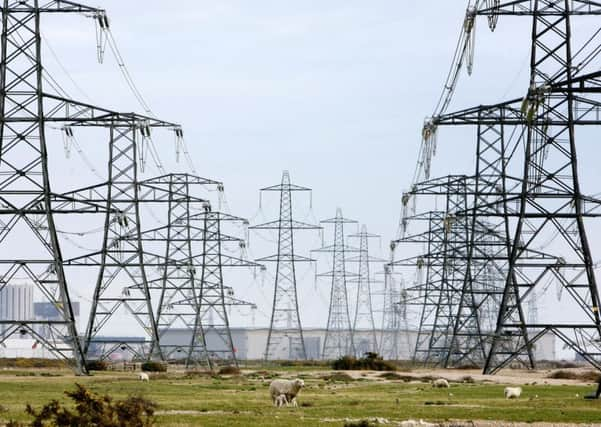Aimee Ambrose: Climate change emergency shows we need to know more about how we heat our homes


In the UK, as with many other developed countries, domestic energy use is a major contributor to our carbon emissions – accounting for around a quarter of all emissions in the UK and heat generation is a huge part of this.
Of the total emissions associated with heat generation, the domestic sector accounts for 50 per cent so is rightly the target of a raft of carbon reduction policies. But how aware are we of how much energy we are consuming when heating our homes and how it is being generated? Research by Sheffield Hallam University – which collected oral histories about how the way we heat our homes has changed over time – found that prior to the widespread adoption of gas central heating in the UK, we had a much more tangible relationship with fuel and home heating. The research was conducted in Yorkshire where before gas central heating most homes were heated by burning coal.
Advertisement
Hide AdAdvertisement
Hide AdParticipants who remembered this time explained how they would manage their heating budget – simply by looking at how much coal was left in the shed and how they were directly responsible for generating heat for the home by building and maintaining fires. Now in the 95 per cent of UK households that have central heating, we simply push buttons and heat fills our homes. We can feel it but we can’t see or smell it like we once could. We use it now and pay later.
The changes can be seen as symptomatic of broader changes in our relationship with our domestic energy consumption which has been said to suffer from a so-called “double invisibility” – in so far as it can be no longer be seen nor connected to everyday actions. This invisibility, it could be argued, distances us from our consumption and the consequences of our actions in this regard. This represents a particular problem in the context of the increasingly urgent pressure on all of us to make more conscientious decisions about our resource consumption. Some resources are a very tangible part of our everyday lives, such as water, paper or petrol for example and while it may not always follow that we are better at reducing our consumption in relation to these more visible resources, visibility does at least help us to connect our everyday actions to their resource implications.
The disconnection between several generations and their energy consumption is problematic at a time when energy is more scarce and expensive than ever before.
If we don’t know where our heat and energy is coming from, then how can we make informed choices to reduce our carbon emissions?
Advertisement
Hide AdAdvertisement
Hide AdMost of us probably know that it is generated by power stations but what is being burned to generate the energy? We see the odd wind farm dotted around but how much of our energy is being generated in this way?
We are often encouraged through various campaigns to reduce the amount of energy we use but there are many reasons why this might not be the right approach to reducing our carbon emissions, not least in relation to heat as under-heating our homes carries proven health and wellbeing risks, especially for the young and old. In light of this, it could be argued that changing how our energy is generated is as important as reducing how much of it we use.
If all or a significant proportion of our energy was generated from renewable sources then it may not be necessary to reduce our consumption to the extent we are currently facing, especially as renewable energy is set to be cheaper than fossil fuels by 2020.
But a wholesale shift towards renewable energy is unlikely to become a reality without pressure on energy companies and on government-informed consumers. Perhaps we would not have seen fracking take place in the UK for the first time in seven years last month, if we were more engaged and active with the ethical and environmental debates about where our energy comes from?
Advertisement
Hide AdAdvertisement
Hide AdEnergy can feel like something that is done to us. We’re not asked how we want it to be generated, we have no control over how much it costs and therefore how much of it we can afford to use. This is a conversation that the whole nation needs to join.
Dr Aimee Ambrose is a Principal Research Fellow at the Centre for Regional and Economic Social Research at Sheffield Hallam University